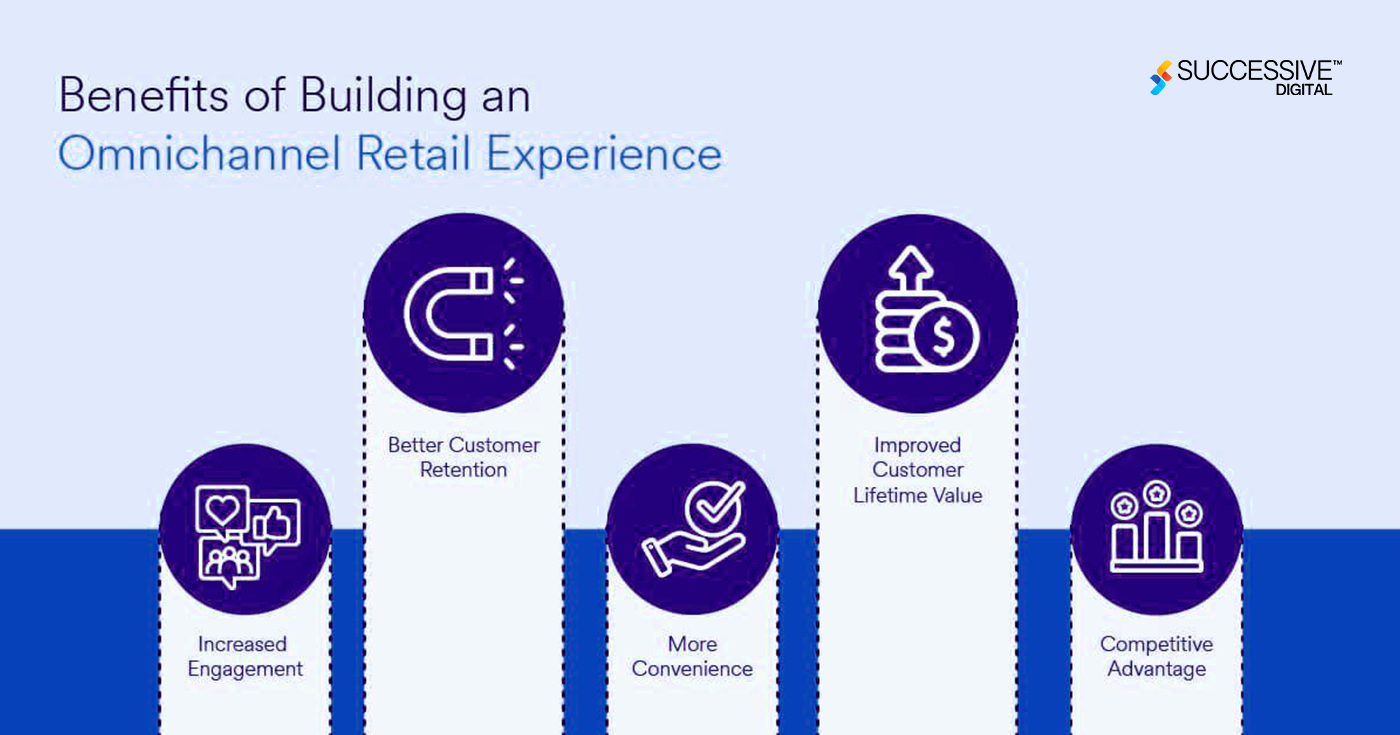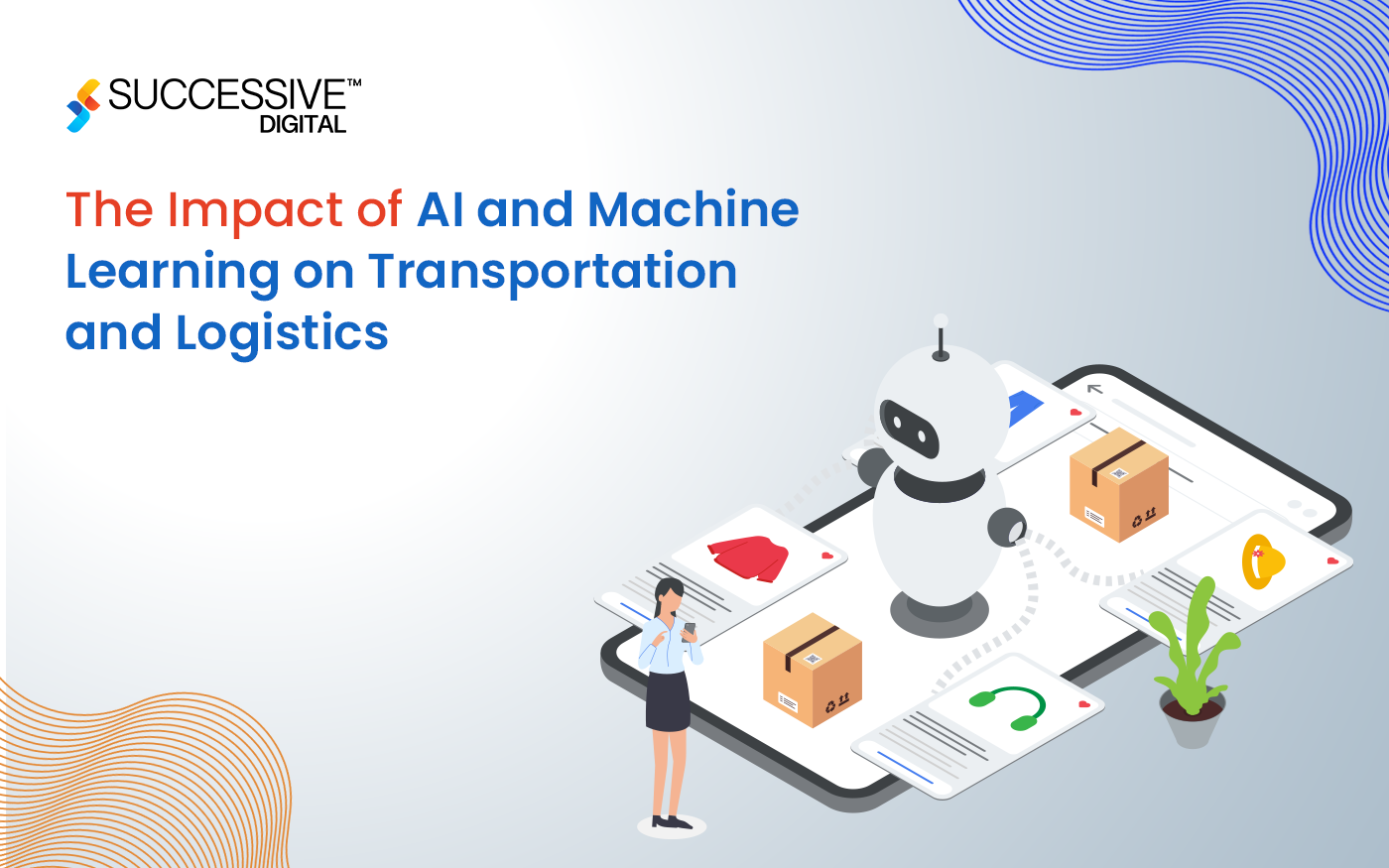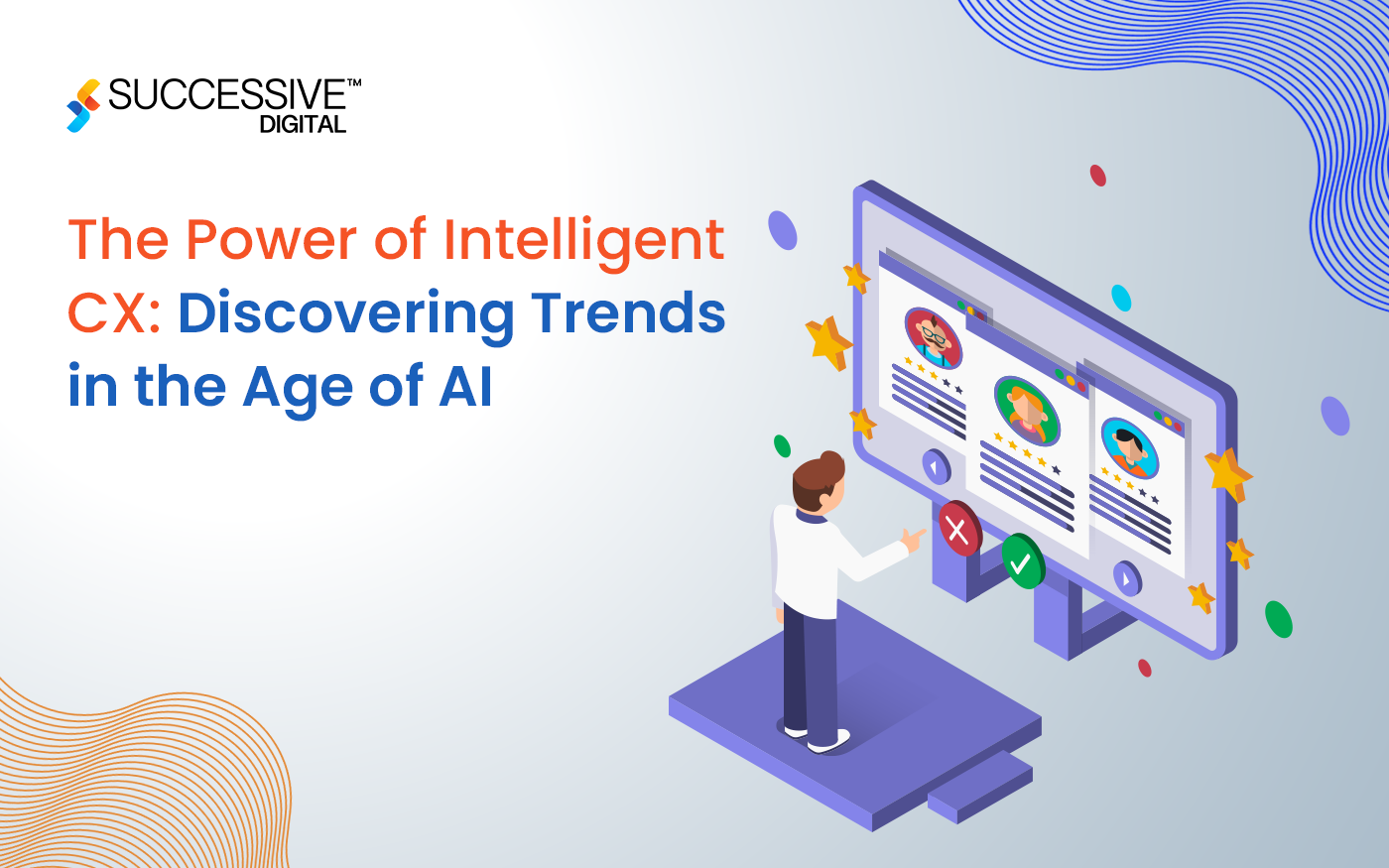The potential to efficiently manage and utilize big data has become a cornerstone for fulfillment in the swiftly evolving retail industry. Omnichannel retail, which integrates diverse buying channels, including online platforms, physical stores, mobile apps, and social media, generates massive amounts of data every second. This data has the potential to transform the customer experience, streamline operations, and power strategic decision-making. However, the challenge lies in effectively dealing with big data management in retail and extracting actionable insights from this surge of information.
To harness effective big data use in retail, omnichannel retailers must undertake best practices that ensure seamless data integration, real-time processing, robust data governance, and advanced analytics systems. A well-structured strategy of big data management lets retailers gain a comprehensive view of buyer conduct, optimize stock, and supply chain operations, as well as customize advertising and marketing efforts. Additionally, it ensures data privacy and security, keeping customers’ trust considered and regulatory compliance. This blog explores the best practices for managing big data in omnichannel retail, offering an in-depth insight into the technology tools and strategies that could empower businesses to sustain aggressively and innovate faster.

Data Integration
Unified Data Repository
Creating a unified data repository is one of the crucial retail data management tips. Retailers must integrate data from numerous sources, including online platforms, physical stores, mobile apps, social media, and customer service interactions. This repository can be constructed using data lakes or data warehouses, depending on the unique needs and data types.
APIs and Middleware
Application Programming Interfaces (APIs) and middleware facilitate effective big data use in retail along with seamless data exchange among different structures. Retailers should use standardized APIs to ensure compatibility and scalability. Middleware structures like MuleSoft and IBM Integration Bus assist in managing data flow and integration across diverse structures.
ETL Processes
Extract, Transform, and Load (ETL) techniques are vital for integrating data from disparate assets. ETL equipment like Apache NiFi, Talend, and Informatica help automate data extraction, transformation, and loading into the unified repository. Ensuring data consistency and accuracy at every stage.
Data Governance
Data Quality Management
Ensuring high data excellence is paramount. Retailers must enforce information management practices and big data management in retail, such as cleansing, deduplication, and validation. Tools like Trifacta and Talend Data Quality help automate those procedures, ensuring accurate and dependable data.
Data Privacy and Security
Building and maintaining consumer trust is a key factor in effective big data use in retail and ensure the success of retail businesses. Protecting consumer data is therefore not just essential, but a top priority. Retailers must adhere to regulations like GDPR and CCPA, and implement robust data privacy and security features such as encryption, access controls, and regular security audits. Tools like Apache Ranger and Privacera are invaluable in enforcing these data safety rules.
Master Data Management (MDM)
MDM ensures that critical enterprise data, including product information and purchaser details, are constant and accurate throughout all channels. Implementing MDM solutions like Informatica MDM and IBM InfoSphere enables businesses in keeping a single supply of truth, improving data reliability, and reducing redundancy.
Advanced Analytics
Predictive Analytics
Predictive analytics leverages historical data to forecast future traits and behaviors. Retailers can use retail data management tips and machine learning (ML) to expect purchaser preferences, demand patterns, and inventory requirements. Platforms like TensorFlow, Scikit-research, and H2O.Ai provide tools for constructing and deploying predictive analytics.
Customer Segmentation
Customer segmentation, a valuable strategy based on behaviors, preferences, and demographics, allows for targeted marketing and personalized experiences. Retailers can use clustering algorithms, including K-way and DBSCAN, to group customers into meaningful segments. Tools like Adobe Analytics and Google Analytics offer segmentation capabilities, reinforcing the value of their work.
Sentiment Analysis
Sentiment analysis helps stores recognize customer opinions and sentiments from feedback, social media, and reviews. Natural Language Processing (NLP) techniques, including those furnished via NLTK and SpaCy, can analyze textual content to extract sentiment insights. These insights are valuable for big data management in retail to improve products and services.
Scalability and Performance
Scalable Infrastructure
Retailers must ensure their infrastructure can scale to deal with growing data volumes and processing needs. Cloud systems like AWS, Azure, and Google Cloud provide scalable storage and computing assets. Using vehicle scaling and load-balancing features facilitates efficient manipulation of top masses.
Distributed Databases
Distributed databases ensure effective big data use in retail, such as Cassandra, MongoDB, and Amazon DynamoDB, offer excessive availability and fault tolerance. These databases are designed to handle large-scale data across multiple channels, ensuring continuous availability and performance.
Data Partitioning and Sharding
Partitioning and sharding techniques are powerful tools for improving query performance and scalability. Retailers, as responsible data managers, must carefully design their partitioning techniques based on data access patterns and business requirements, ensuring efficient data distribution.
Data Monetization
Data-Driven Decision Making
Leveraging retail data management tips for decision-making involves analyzing data to discover possibilities for financial savings, sales growth, and operational enhancements. Retailers can use data to optimize pricing techniques, supply chain operations, and marketing campaigns.
Customer Lifetime Value (CLV)
Calculating CLV helps effective big data use in retail to appreciate the long-term value of their customers. By studying purchase history, conduct styles, and engagement metrics, retailers can identify high-value customers and increase strategies to maintain them. CLV models can manually advertise spending and buyer retention efforts.
Personalized Marketing
Retailers can use data to customize product recommendations, promotions, and content to individual customer preferences. ML models can then analyze this data to deliver highly personalized experiences. Personalized marketing, driven by customer data, is a powerful tool that can significantly boost engagement and conversion rates.
Big data management in retail requires a holistic approach encompassing statistics integration, real-time processing, data governance, advanced analytics, scalability, data visualization, and data monetization. Implementing these practices includes leveraging a combination of technology and tailored strategy. Continuous tracking and improvement of data management procedures are important to remain competitive in the dynamic omnichannel retail industry.












